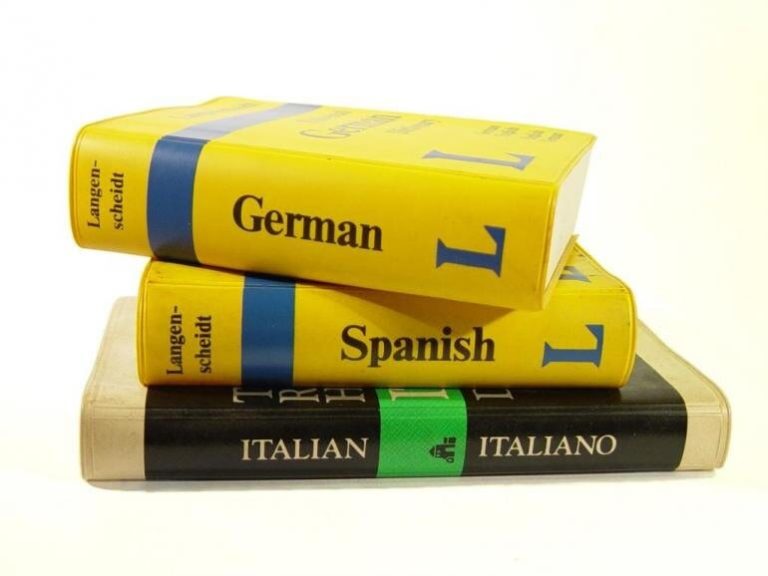Liraz Postan
Liraz is an International SEO and Content Expert with over 13 years of experience.

The main theory of translation has always been to understand the languages and subject involved and transfer the information, but there are two opposing theories on the best way to accomplish this.
The translation is, in my experience, one of the most misunderstood disciplines in the world. This is because it appears to be very simple in one regard, and so everyone seizes on the most obvious aspects of it immediately and decide that’s all there is to it – in other words, the uninitiated see words go in, and other words come out, and assume high quality translation work is all about word substitution with perhaps some light grammar seasoning thrown in.
This is one reason why non-translation people are always assuming that using AI, machines can easily do the work of translation for us. After all, what’s better at simple substitution work than a computer?
The fact is, though, that translation is a much more complex activity. Not only is “word for word” an insufficient description of what we do, it is also in effect the exact opposite of what any theory of translation would state as the purpose of the work.
The first coherent theory of document translation was composed by Étienne Dolet in 1540 in his work La Manière de Bien Traduire d’une Langue en Aultre. The basic principles he set forth in this monumental document have not changed, and have evolved into the three basic concepts behind all translation, which can be boiled down to the following rules:
No matter what else you think about translation as a science, these three precepts are universal: The purpose of translation is to take the meaning of a document and bring it over into the target language, and to do this you must have a clear understanding of these three parts of the equation.
Beyond that there are diverging disciplines, though I believe the overwhelming majority of translators adhere to one over the other.
The less popular concept of business translation these days is the idea that our goal should be to render a translation that hews as closely as possible to the word choice, phrasing, and style of the original. This might seem like the preferable method, but it can result in some dense and difficult-to-understand translations, because adhering to the grammar and style of one language in another takes some difficult contortionism, language-wise.
The predominant idea these days is to concentrate on content and meaning. In other words, once you understand the content of the source document, you simply re-cast it in the target language using your own comprehension. You can try to maintain a similarity of style, but the main goal is the transference of information from one language to the other.
That’s always my goal. While I always do my best to maintain the style and character of a work, I will always defer to meaning and clarity.
Looking for localization services or translation services? Contact us today!
What our customers are saying